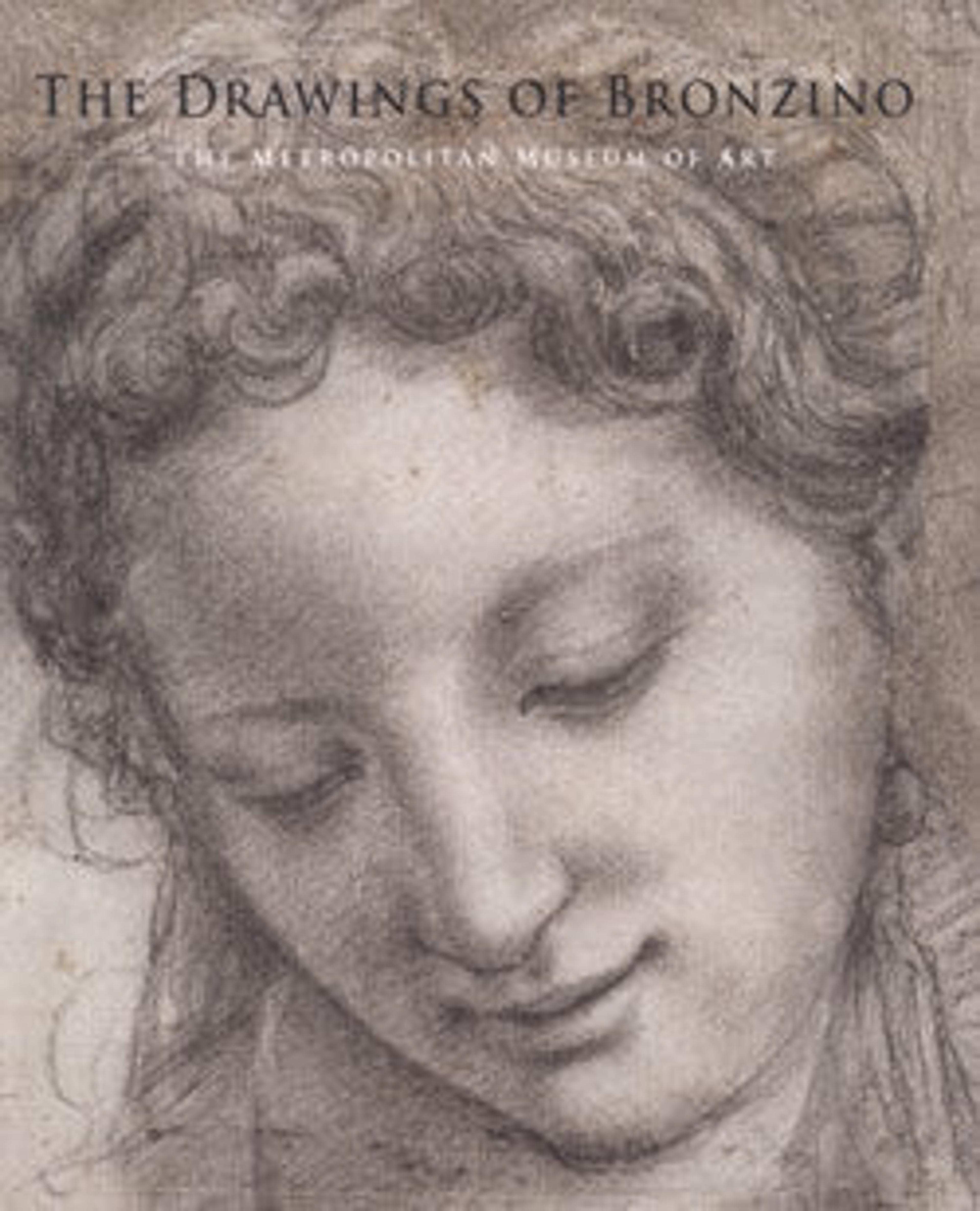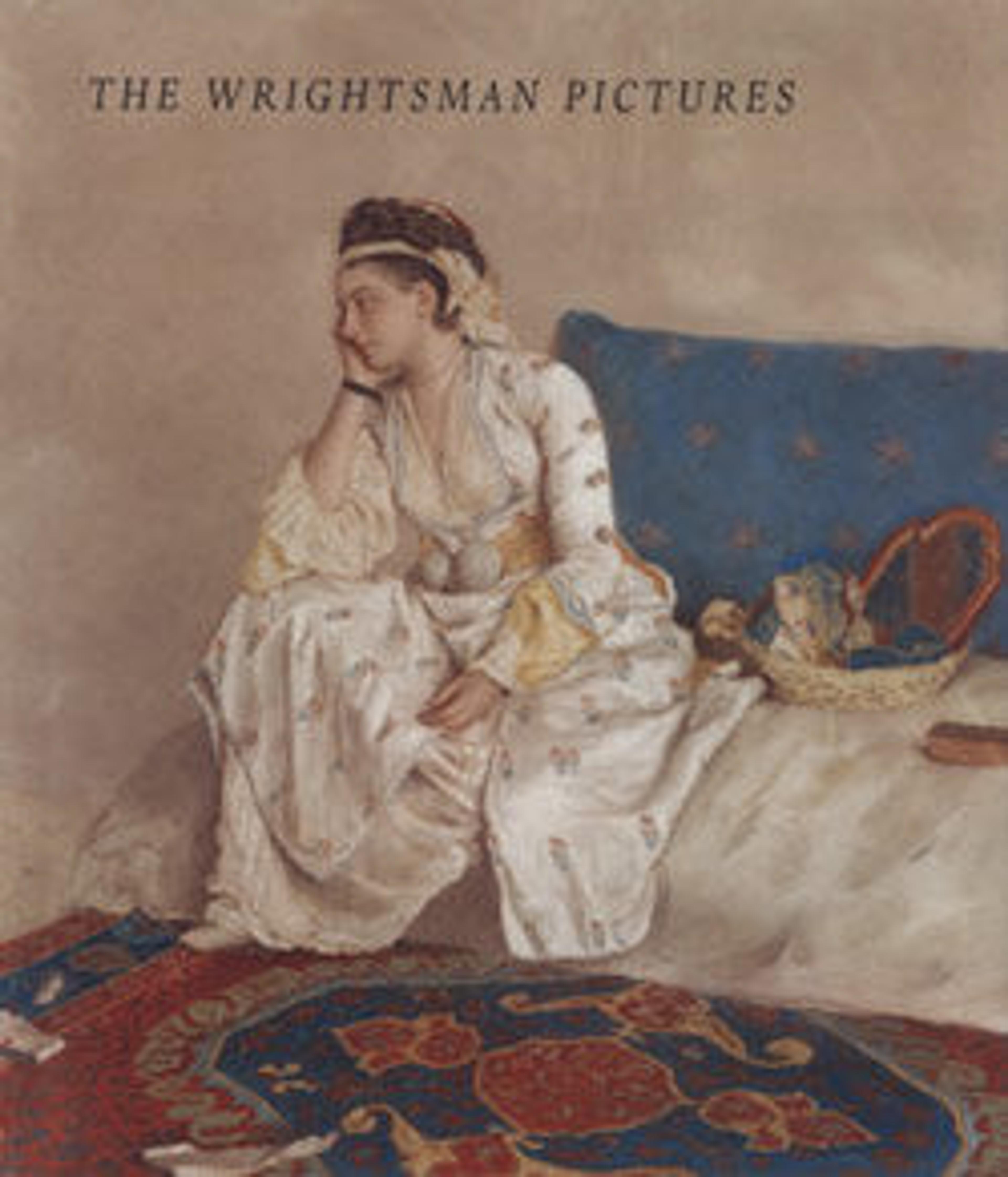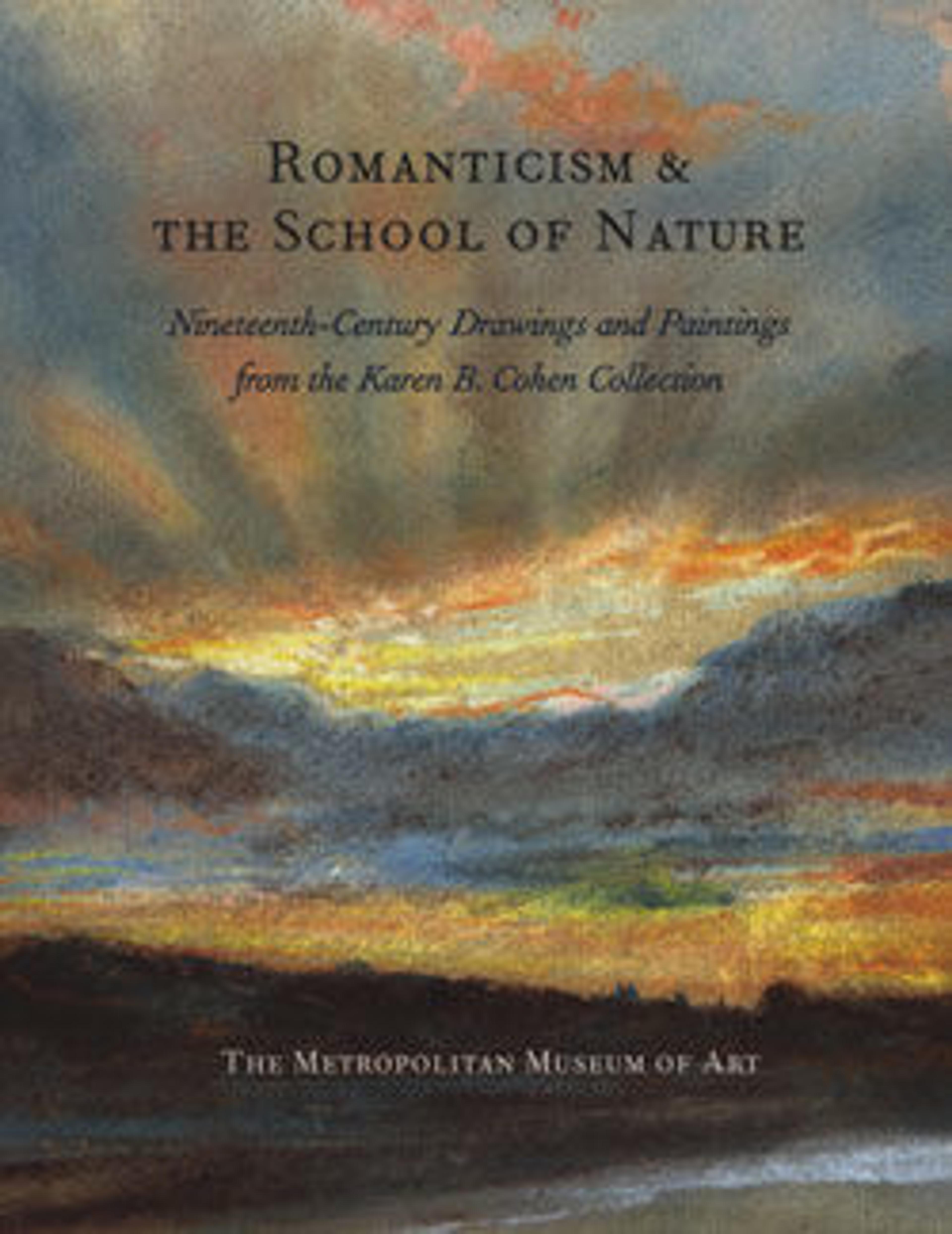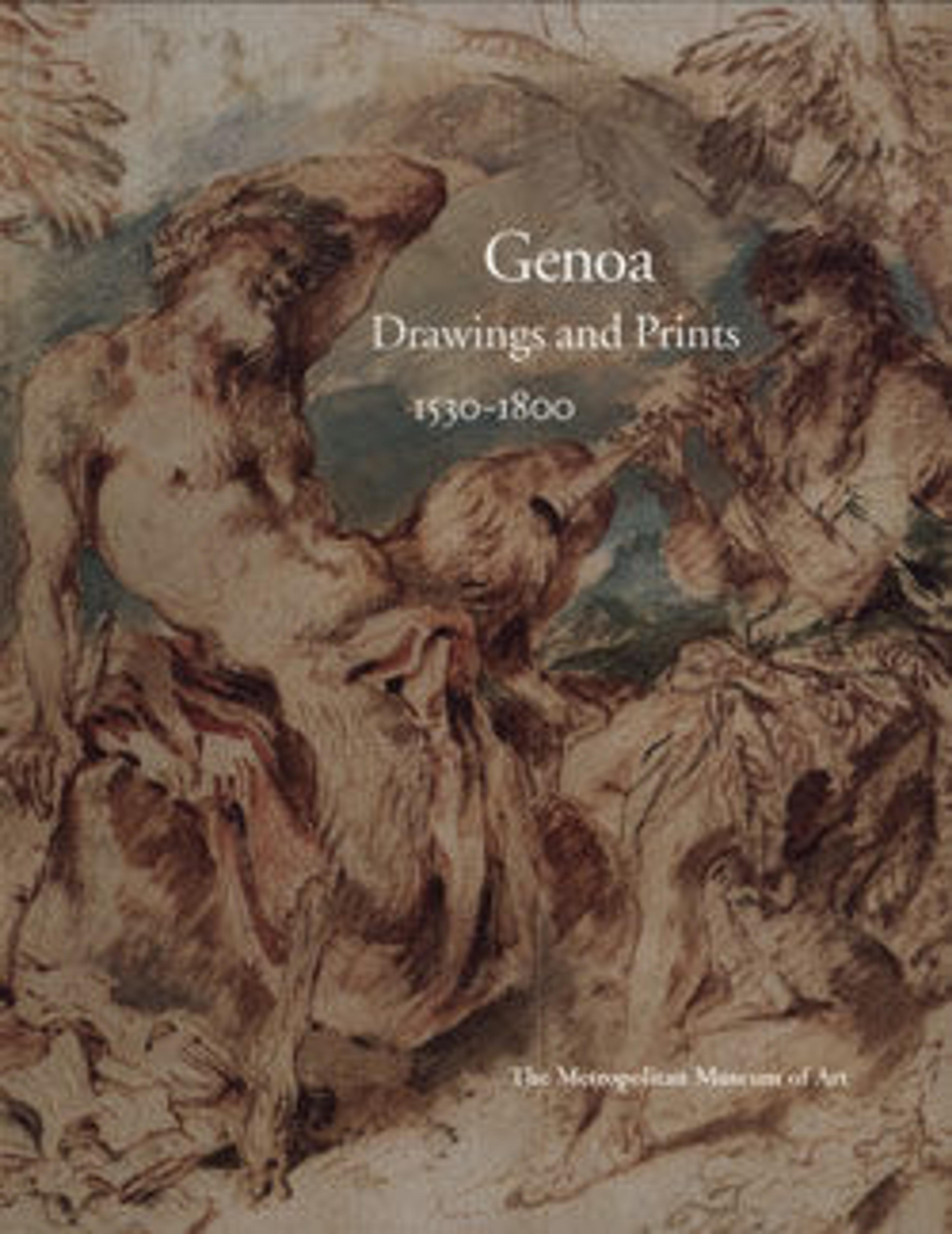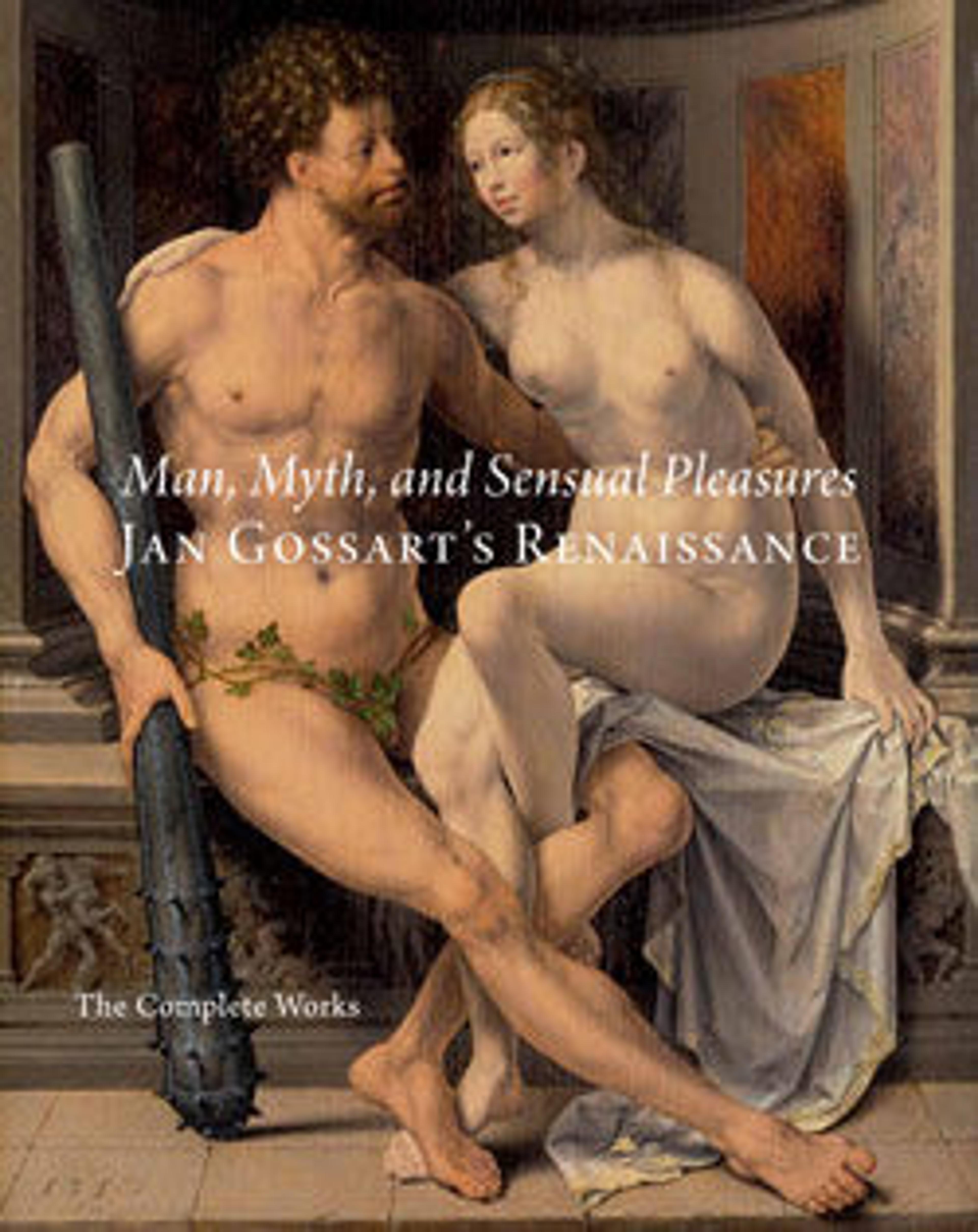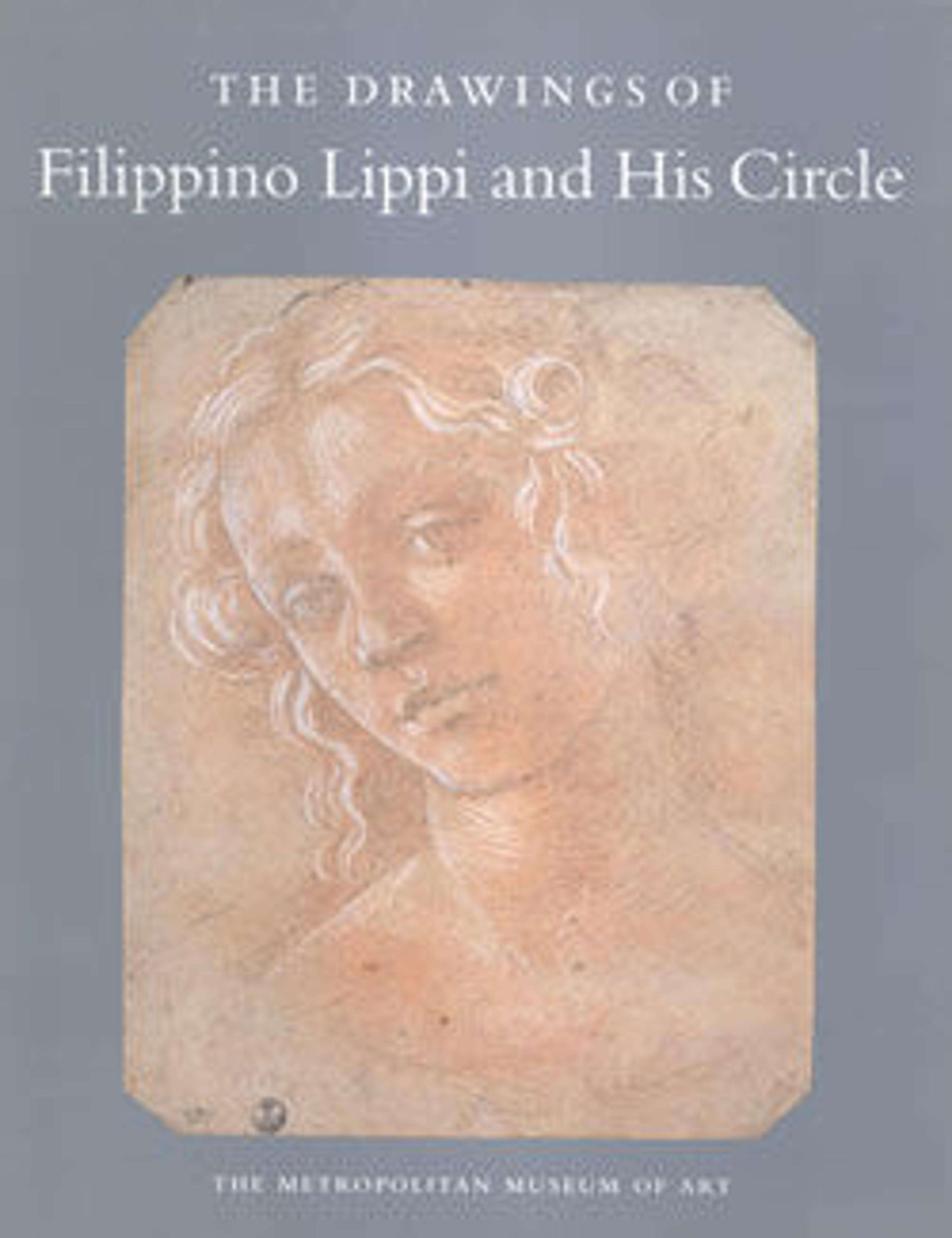
The Drawings of Filippino Lippi and His Circle
Energetic, incisive, spontaneous, and expressive, the drawings of Filippino Lippi (1457/58–1504) are among the most original and creative of the Italian Renaissance. Produced in the artistic and humanist circles of late fifteenth-century Florence and Rome for such illustrious patrons as Lorenzo de' Medici, il Magnifico, Filippino's drawings were subsequently cherished by many esteemed collectors, including Giorgio Vasari, Pierre-Jean Mariette, and Sir Thomas Lawrence. The exceptionally large numbers of Filippino's drawings that survive trace the progress of his career, from his training with his father, Fra Filippo Lippi, and Sandro Botticelli to his untimely death at the age of forty-six.
Filippino's drawings display a rare freedom of handling, a taste for abstraction and mannerism, and a precocious concern with movement and expression. They share with his paintings a predilection for elaborate costumes, fanciful hairstyles, ornate settings, and the spirited reinvention of antique designs. And they were a source of inspiration for other artists, among them Raffaellino del Garbo, Tommaso, Piero di Cosimo, and even Raphael.
This book accompanies a major exhibition at The Metropolitan Museum of Art, the first important show devoted to the drawings of Filippino Lippi. Essays by experts in the field explore Filippino's development as a draftsman, his techniques, his designs for the decorative arts, his drawings after the antique, and his work as a painter; entries on the individual drawings consider issues of authenticity, dating, and relationship to paintings, as well as the contributions of his circle. A documented chronology of the artist's life is offered as well. Written for both a scholarly and general audience, the volume is lavishly supported with color reproductions of all the works included in the exhibition, which are shown to scale when possible, numerous comparative illustrations, and over forty color-plates reproducing Filippino's most important paintings. Provenances, complete references, an extensive bibliography, and an index are provided.
Met Art in Publication
You May Also Like
Press the down key to skip to the last item.
